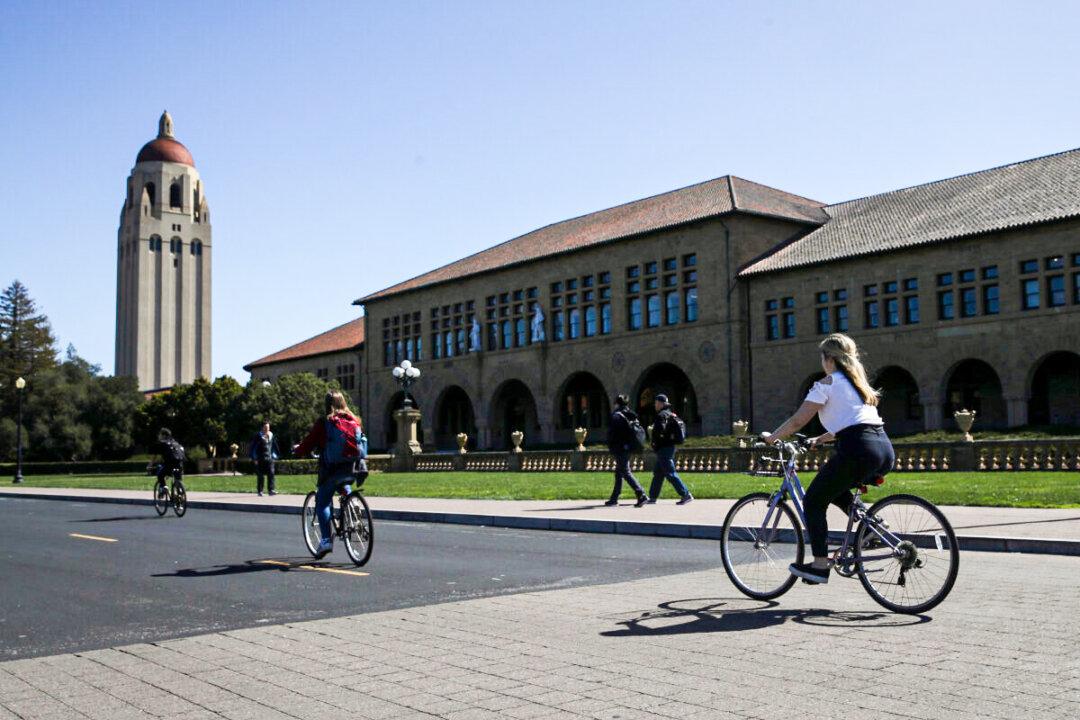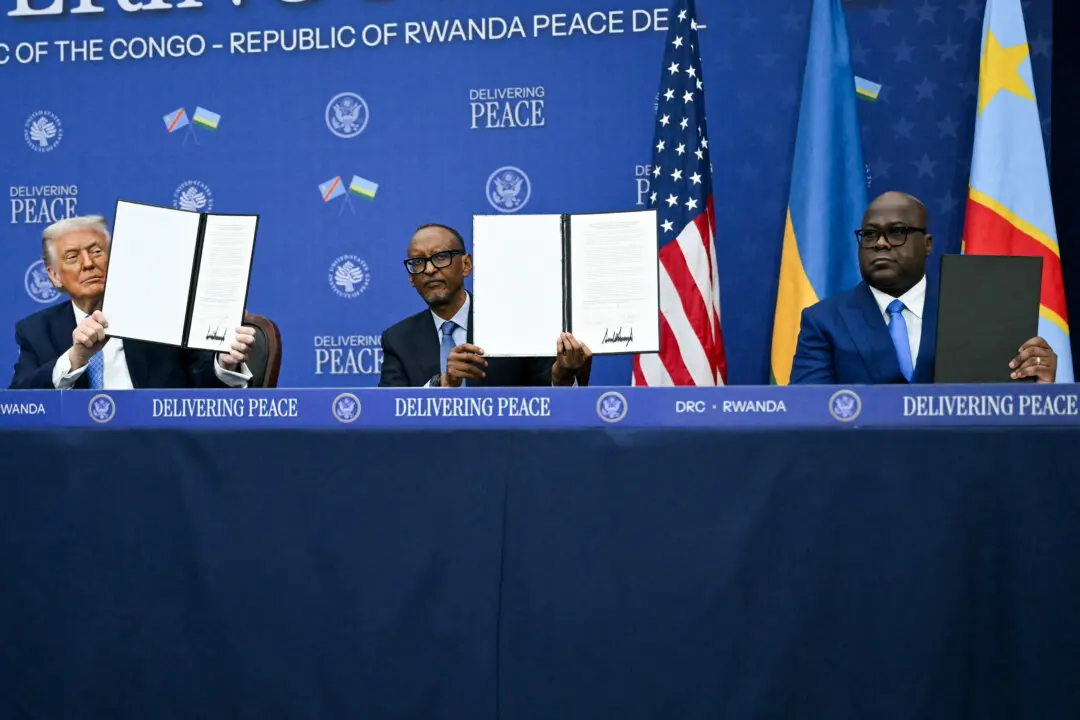Following months of investigation into allegations of research misconduct, Marc Tessier-Lavigne, president of Stanford University, announced his resignation July 19 after a report (pdf) released July 17 uncovered research manipulation in several labs he oversaw while publishing scientific articles and concluded he failed to correct mistakes, even after substantiated peer-reviewed criticisms were made.
Twelve articles were under review by the independent investigative team led by law firm Kirkland & Ellis and composed of a former federal judge, Mark Filip, and five panelists with expertise in science and medicine.





